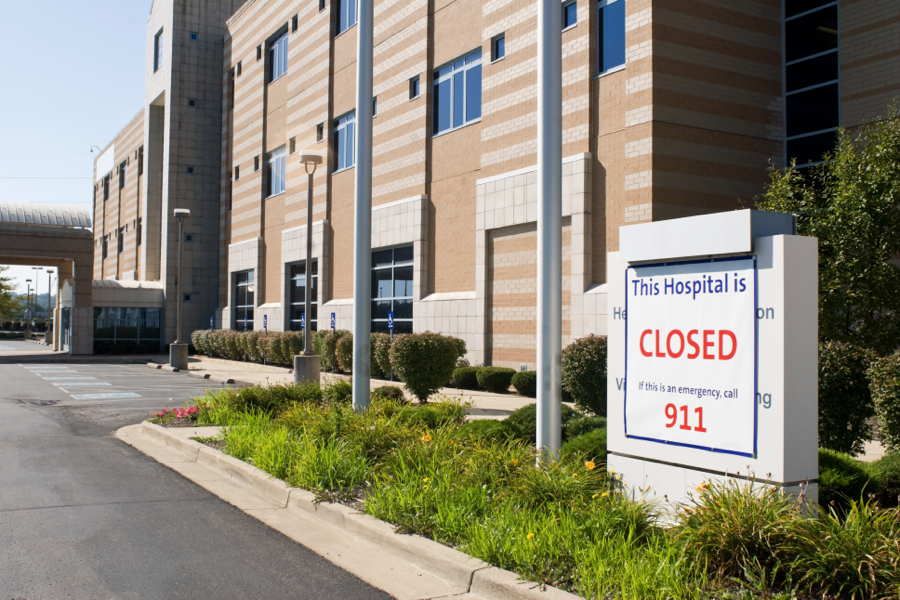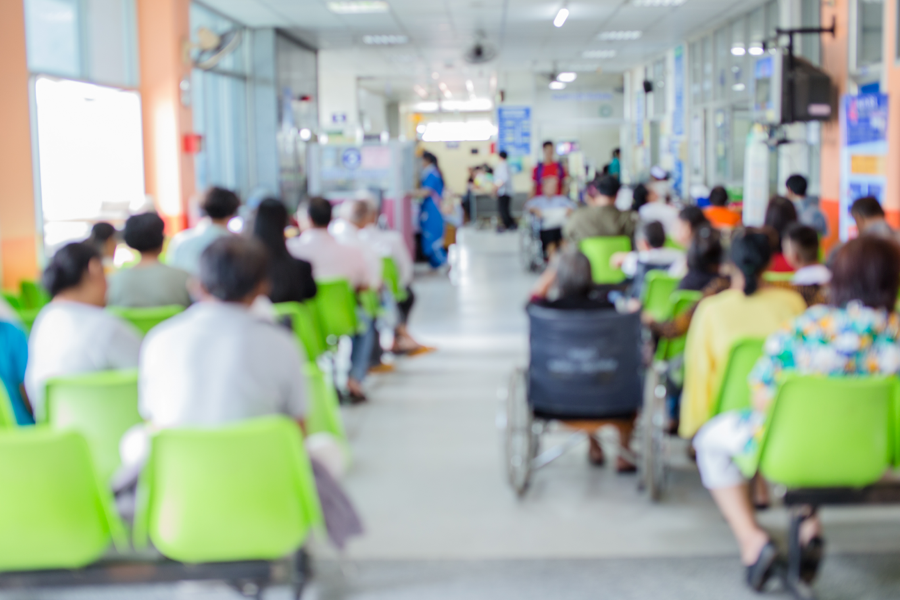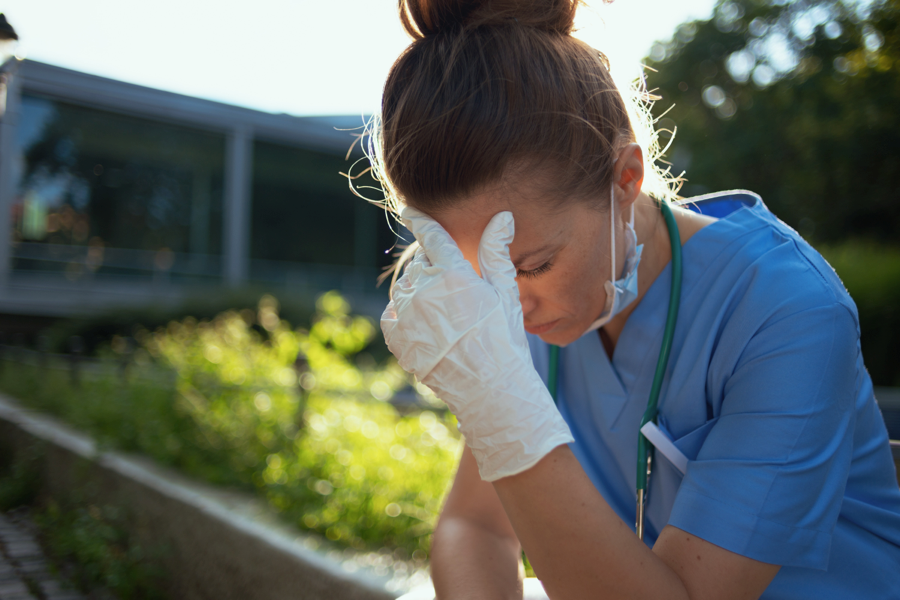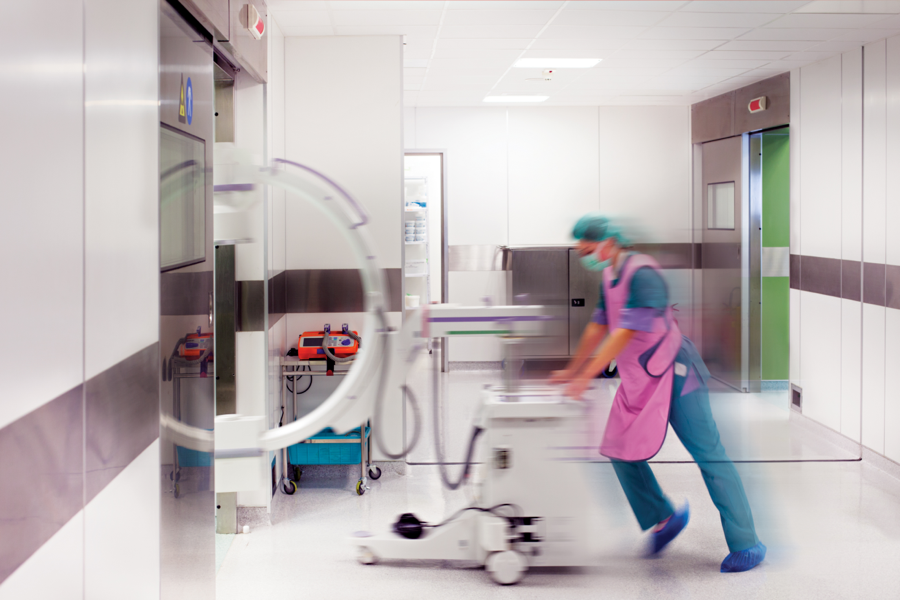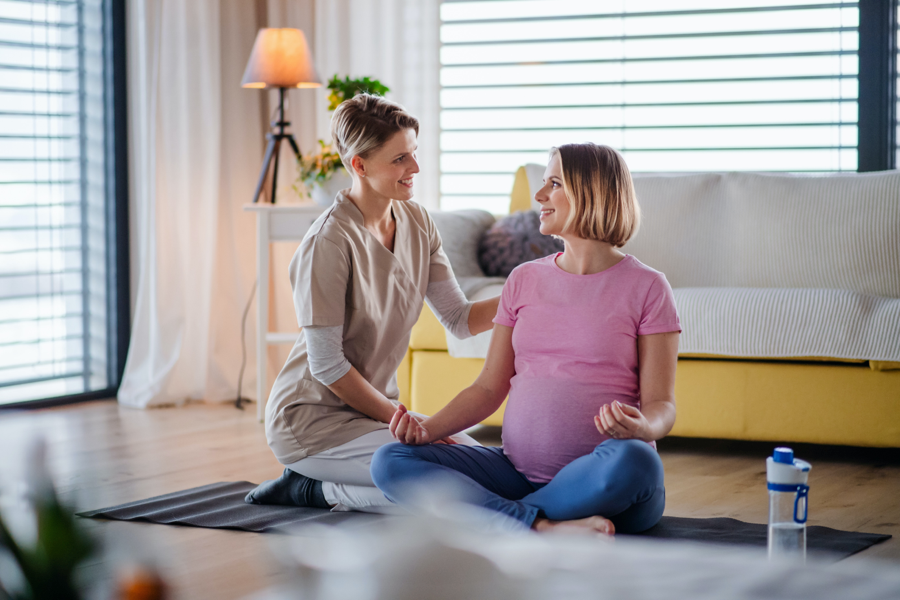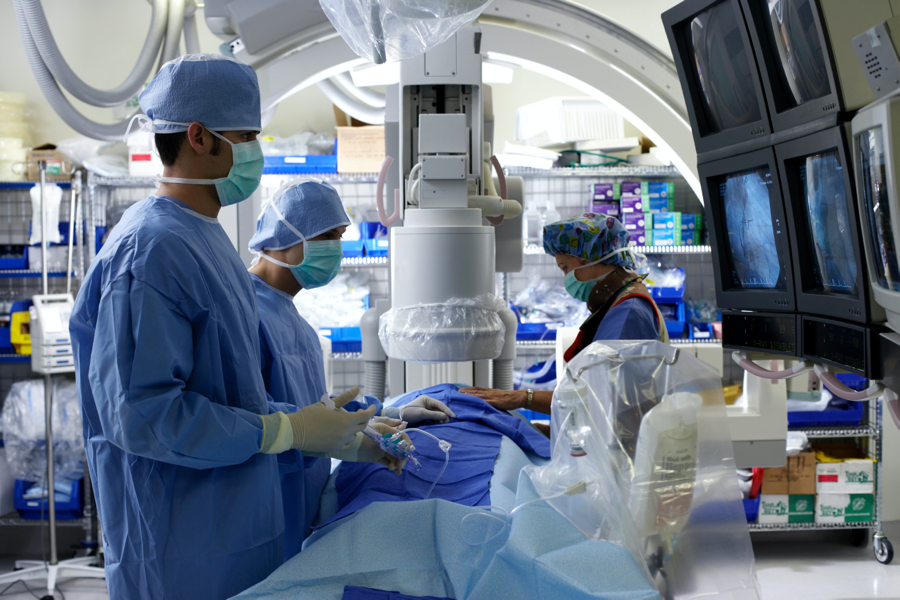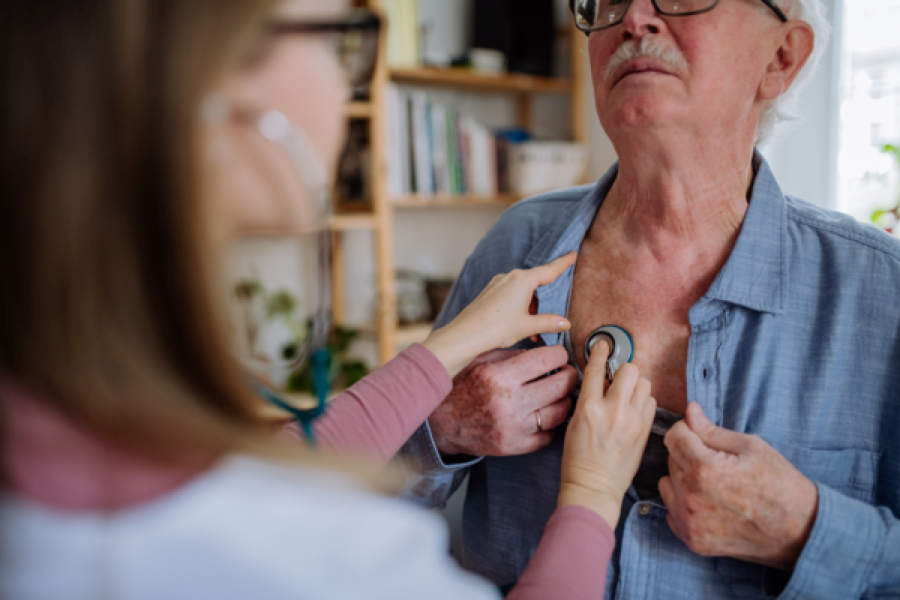
CLINICAL PRACTICE
Preparing for COVID in Nursing Homes
-
 EveryNurse Staff
EveryNurse Staff
- Last Updated: 07/07/2020

COVID-19 is stretching the fabric of the healthcare industry to its limits. Healthcare workers often face shortages of personal protective equipment, exceptionally long and difficult work hours, and like the patients they care for, a significant risk of getting ill or dying. This is especially true in nursing homes. Analysis by The Wall Street Journal suggests that deaths among senior care providers and residents represent at least 40 percent of all deaths from COVID-19.
Nursing home residents are at special risk for developing COVID-19 because they are typically older and have more underlying conditions than do those in the general population. The congregate nature of long-term care facilities also raises their residents’ risk for contracting coronavirus. Furthermore, the community environment and contact with residents also increases the likelihood that nursing home workers will develop the deadly disease.
So, how do nurses and other healthcare professionals protect their residents and themselves from COVID-19?
Perhaps the best ways to prepare for COVID-19 in nursing homes are to develop a strong infection prevention and control (IPC) program, plan to reopen carefully, and to foster a spirit of vigilance among workers.
Three Steps for Preparing for COVID-19 in Nursing Homes
1. Build a Strong Infection Prevention and Control Program
To build a resilient infection prevention and control program, nursing homes should have at least one individual who has undergone IPC training that allows them to provide on-site management of COVID-19 prevention strategies. The IPC-trained individual or team should develop IPC policies and procedures, perform infection surveillance, provide competency-based training of healthcare personnel, and auditing the facility’s adherence to recommended IPC practices.
Implementing these strategies is not always easy in the very real world of nursing homes. Budgetary concerns often lead to short PPE supplies along with stretched-thin and stressed staff, who may not always have the time to constantly clean surfaces.
Even determining which residents should wear a mask can be complicated. As a rule, everyone should wear a face covering to protect themselves and others. However, anyone who has trouble breathing, is incapacitated or unconscious, or who cannot remove the mask unassisted should not wear a face covering.
Maintaining infection control strategies can be especially challenging in memory care units where large numbers of residents with cognitive impairment live together in relatively close quarters. Routines are extremely important to people with memory issues; integrating new behaviors, such as wearing a mask and staying 6’ away from others, may take practice and patience.
People with cognitive impairment also tend to wander, touching surfaces as they go. Memory care units will need to clean frequently touched surfaces often, particularly in common areas where residents and staff spend time.
2. Develop a Solid Strategy for Reopening
The Centers for Medicare and Medicaid Services (CMS) recently released their Nursing Home Reopening Guidance for State and Local Officials, which outlines the criteria nursing homes can use for relaxing restrictions on group activities and visitations.
Every nursing home is different, of course, so each nursing home must consider its specific situation within the facility and the community. Nursing homes in areas where the case numbers are rising may want to postpone reopening, for example, as should those that house a large number of residents with pre-existing conditions that make them vulnerable to severe COVID-19 illness.
Because the pandemic is affecting communities in different ways, guidance from local and state officials can be helpful when preparing nursing homes for COVID-19. Many states are reopening in stages, relaxing restrictions slowly, and according to case numbers. States may require all nursing homes to go through each phase of reopening, allow reopening by regions within the state, or permit individual nursing homes to move through the stages as they meet certain criteria.
When relaxing restrictions, nursing homes must remain vigilant for COVID-19 among residents and healthcare personnel to prevent the spread of coronavirus and to protect the health of workers and residents. The CDC now offers an infection control assessment and response tool (ICAR) to help long-term care facilities prepare for COVID-19; the tool may also help assisted living facilities prepare for coronavirus infection. ICAR helps facilities assess visitor restrictions, the availability of personal protective equipment (PPE) and other supplies, ensure adherence to IPC practices, and the education, monitoring, and screening of residents and healthcare personnel. The ICAR tool also helps nursing homes assess the ability to communicate with their local health departments and other healthcare facilities.
Assessing these items helps nursing homes keep COVID-19 out of their facilities, identify infections quickly, prevent the spread of the disease, optimize PPE supplies, and identify and manage severe illness in residents with COVID-19.
3. Foster a Community Spirit
More than anything, though, nursing homes must reassure residents, family members, healthcare personnel, and the community that they are prepared for COVID-19. The fear and anxiety associated with the novel coronavirus can be overwhelming for many, particularly among residents with underlying conditions, their families, and the healthcare workers who care for them. With robust guidelines for reopening, an ample supply of PPE, training, and continued compassion, those at the heart of the nursing home community will persevere through the end of the pandemic.



